Supply shortage, rising costs could impact housing affordability – BPFI
A combination of lack of housing supply and rising construction costs could exacerbate property affordability issues in the years ahead, according to the Banking and Payments Federation Ireland.
In its latest Housing Market Monitor, the BPFI says while supply is coming back on stream in the aftermath of the pandemic, it will now likely be at least until the end of 2024 before supply comes close to meeting demand.
The report notes that the mismatch between supply and demand could contribute to a build-up in latent demand in the years ahead.
However, as the supply gap closes, rising input costs could drive future price increases, it concludes.
“Recent supply shortages in construction materials due to the pandemic as well as Brexit have caused significant increases in input prices,” Brian Hayes, chief executive of Banking and Payments Federation Ireland said.
“In addition, with significant capital investment planned by the government on housing output as well as other infrastructure projects such as a major housing retrofitting programme over the next five years, it is likely that input cost pressures will increase, and availability of skilled labour could become an issue,” he added.
Speaking on Morning Ireland, Brian Hayes said that increasing the supply of new homes is key to allowing buyers to “get a foot on the property ladder”.
Mr Hayes said that there is very strong evidence that banks are lending and providing credit to customers, with mortgage approvals up 8% and mortgage drawdowns increasing by 4.5% in the first quarter of this year compared to last year.
Between January and April this year, Mr Hayes said that mortgage approvals are up nearly €4 billion, which shows that there is “a strong pipeline of new lending and credit to developers and to customers”.
The report notes that the current level of mismatch between demand and the supply of homes appears to have brought average sale prices close to the peak of the previous cycle in 2007.
Recovery in construction activity
The Monitor captures a strong recovery in house building activity in the early part of the year, despite public health measures that shut down much of the residential construction sector for the opening months of 2021.
Despite the restrictions, housing completions in the first three months were only 7% lower than in the same quarter of 2019 and 14% more than in Q1 2018.
All non-essential construction sites were ordered to close in early January, with the exception of social housing and some private homes which were almost complete.
Commencement activity – the process of starting to build housing units – picked up strongly in April, the report noted.
Together with a supply of 5,600 units that were started in 2019, and not completed in 2020, the BPFI is anticipating that housing completions this year could match the near 21,000 units completed in 2020.
“Prior to the pandemic, we forecasted that annual housing completions would reach 30,000 units by the end of 2022, however it is clear that we will not reach this level of output until at least the end of 2024,” Mr Hayes said.
The report also contains analysis of Eurostat survey data, combined with loan data from BPFI, the Department of Housing and the Central Bank of Ireland which suggests that the lack of housing supply may be contributing to demographic changes among households.
The figures suggest that the average age of a first time buyer has increased from 31 in 2008 to 34 in 2020.
During the same period, the average age of leaving the parental home has also increased from 25.4 years to just above 28 years.
